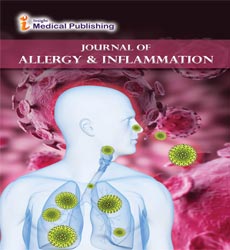Abstract
An overview of the human immune system response in Betacoronavirus infection and comparison it with COVID-19 infection
Sars-CoV-2 infection is the most important health crisis of the recent century. SARS-CoV-2 is a member of coronaviridae family and the genus Betaoronavirus. Earlier, the world experienced outbreaks of two other members of Betacoronavirus genus in 2002-2003 and 2011 with the SARS-CoV and MERS viruses respectively, both of which were global threats to the pandemic. The most prominent clinical sign of these viruses is acute respiratory tract syndrome. The clinical signs of SARS-CoV-2 virus have a very wide range from asymptomatic infection to acute respiratory tract syndrome and death. Immune system has critical role in the development of these types of clinical symptoms. SARS-CoV-2 has genome similarity with SARS-CoV and MERS viruses. The range of clinical symptoms are similar in all three viruses, therefore following the immune response against SARS-CoV and MERS viruses can be effective in understanding and predicating immune response to SARS-CoV-2 infection. In this article, we review the immune response against SARS-CoV and MERS viruses and compare it with SARS-CoV-2 immune response. Clinical evidence suggests a similar pathophysiology in SARS-CoV-2 and two other important Betacoronavirus infection. Comparing immune response in SARS-CoV and MERS viruses infection with COVID-19 infection help to better understanding of the host pathogen interaction, host immune response and pathogen immune evasion in SARS-CoV-2 infection.
Author(s): Poupak Mortazkar
Abstract | Full-Text | PDF
Share this

Google scholar citation report
Citations : 26
Archives of Inflammation received 26 citations as per google scholar report
Abstracted/Indexed in
- Google Scholar
Open Access Journals
- Aquaculture & Veterinary Science
- Chemistry & Chemical Sciences
- Clinical Sciences
- Engineering
- General Science
- Genetics & Molecular Biology
- Health Care & Nursing
- Immunology & Microbiology
- Materials Science
- Mathematics & Physics
- Medical Sciences
- Neurology & Psychiatry
- Oncology & Cancer Science
- Pharmaceutical Sciences
